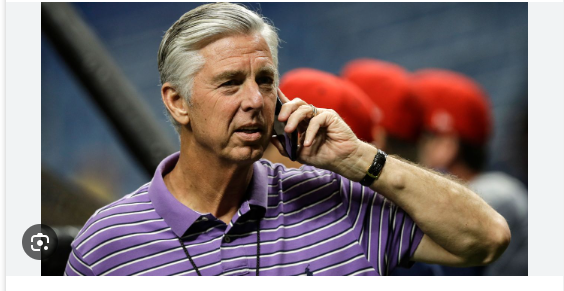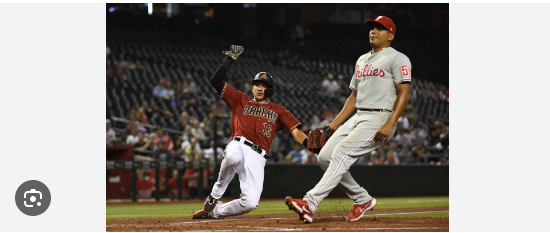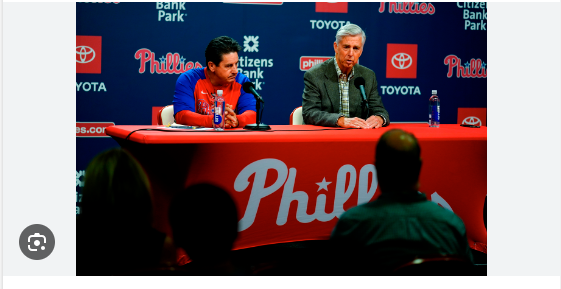After a hot start to the season, the Philadelphia Phillies have cooled off significantly, especially on offense. In the first half of the season, they posted a slash line of .259/.331/.424, but in the second half, these numbers have dropped to .246/.307/.399, marking a 5.6 percent decrease in OPS.
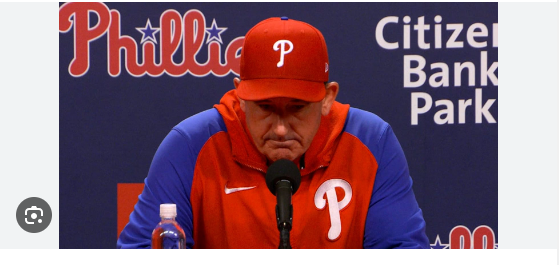
To address this, the Phillies are making a small adjustment: incorporating a curveball machine into their batting practice. Rob Thompson explained to reporters that while players see curveballs daily in the batting cages, using the machine in the stadium could help them better visualize the pitch’s movement. “They do it in the cages every day,” Thompson told Matt Gelb of The Athletic. “But I think it’s more beneficial on the field because you get to see the flight of the ball.”
Trea Turner, after a 3-2 loss to the Braves, remarked, “I don’t think it’s a concern, it’s more weird, you know, for us. I don’t think it’s anything we’re necessarily doing wrong. We’re preparing, we’re doing all our stuff we normally do.” However, a heightened sense of urgency might be needed. Braves starter Spencer Schwellenbach, who pitched 6.2 innings with three hits, two earned runs, one walk, and nine strikeouts in Thursday’s win, noted that his strategy was straightforward: he focused on using the curveball. “Same scouting report.

Gelb’s analysis highlights a trend in the Phillies’ recent losses. In the last eight defeats, starting pitchers have either increased their curveball usage or reduced their fastball usage. Four of these losses featured pitchers who upped their curveball use by an average of 6.2%. This suggests that teams have caught on to the Phillies’ vulnerability to breaking balls. The introduction of the curveball machine could be well-timed to address this issue. We’ll see how effective it proves to be as the Phillies, who still hold a 6.0-game lead over the Braves in the NL East, continue their season.
In other news, Phillies infielder Rodolfo Castro, currently on optional assignment to Triple-A Lehigh Valley, will miss the rest of the season due to a torn ligament in his right thumb, as reported by Matt Gelb on X. This is a minor setback for Philadelphia’s infield depth.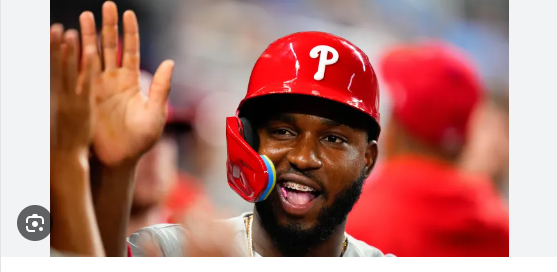
Falter has performed reasonably well for the Pirates with a 4.02 ERA across 21 appearances. While Castro wouldn’t have had a role in the Phillies’ rotation, the trade has favored Pittsburgh. Philadelphia could recall Castro and place him on the major league 60-day injured list to clear a 40-man roster spot or potentially release him. As this is Castro’s final minor league option year, the Phillies would need to either keep him on the MLB roster next year or expose him to waivers. His future with the team beyond this season remains uncertain.
